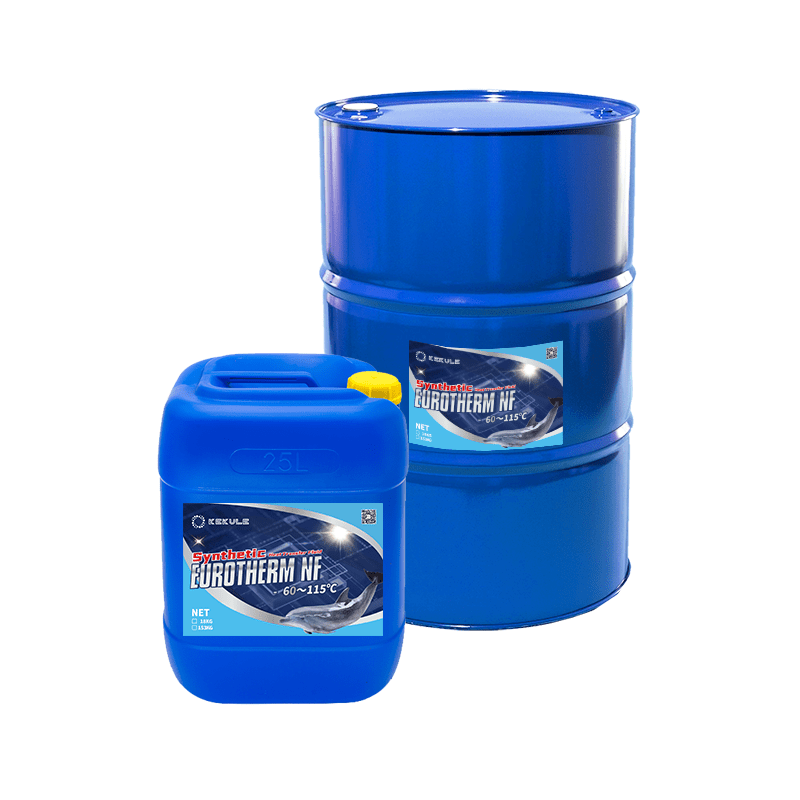Getting The Chemie To Work
Wiki Article
The Only Guide for Chemie
Table of ContentsThe Best Strategy To Use For ChemieNot known Factual Statements About Chemie Chemie Can Be Fun For EveryoneThings about ChemieMore About ChemieThe Best Strategy To Use For Chemie
By Bojanna Shantheyanda, Sreya Dutta, Kevin Coscia and David SchiemerDynalene, Inc. Fluid air conditioning, which can be accomplished making use of indirect or straight means, is made use of in electronic devices applications having thermal power thickness that may surpass risk-free dissipation through air cooling. Indirect fluid cooling is where warm dissipating digital parts are physically divided from the liquid coolant, whereas in instance of direct air conditioning, the components remain in direct call with the coolant.However, in indirect air conditioning applications the electrical conductivity can be crucial if there are leakages and/or splilling of the fluids onto the electronics. In the indirect air conditioning applications where water based fluids with rust preventions are normally utilized, the electric conductivity of the liquid coolant primarily depends on the ion focus in the liquid stream.
The increase in the ion concentration in a closed loop liquid stream may take place due to ion leaching from metals and nonmetal parts that the coolant liquid touches with. During operation, the electric conductivity of the fluid might increase to a degree which might be hazardous for the air conditioning system.
See This Report on Chemie
(https://chemie999.start.page)They are bead like polymers that are qualified of trading ions with ions in an option that it touches with. In the present work, ion leaching tests were carried out with numerous steels and polymers in both ultrapure deionized (DI) water, i.e. water which is treated to the highest degrees of purity, and reduced electric conductive ethylene glycol/water combination, with the gauged modification in conductivity reported over time.
The samples were allowed to equilibrate at space temperature level for two days prior to tape-recording the preliminary electric conductivity. In all examinations reported in this research study liquid electric conductivity was measured to an accuracy of 1% making use of an Oakton disadvantage 510/CON 6 series meter which was calibrated before each measurement.
8 Simple Techniques For Chemie
from the wall heating coils to the center of the heater. The PTFE example containers were placed in the furnace when steady state temperatures were gotten to. The test configuration was gotten rid of from the heating system every 168 hours (7 days), cooled down to area temperature level with the electric conductivity of the liquid measured.The electric conductivity of the fluid example was monitored for a total amount of 5000 hours (208 days). Figure 2. Schematic of the indirect closed loophole cooling experiment set up - fluorinert. Table 1. Elements used in the indirect shut loophole cooling experiment that touch with the liquid coolant. A schematic of the experimental setup is shown in Figure 2.

How Chemie can Save You Time, Stress, and Money.
During procedure the fluid tank temperature level was kept at 34C. The change in liquid electric conductivity was monitored for you could check here 136 hours. The fluid from the system was accumulated and stored. Closed loop test with ion exchange material was brought out with the very same cleansing treatments employed. The initial electric conductivity of the 230ml UP-H2O in the system determined 1.84 S/cm.
0.1 g of Dowex material was included in 100g of liquid samples that was taken in a different container. The blend was stirred and change in the electrical conductivity at area temperature level was determined every hour. The gauged adjustment in the electrical conductivity of the UP-H2O and EG-LC examination liquids having polymer or steel when immersed for 5,000 hours at 80C is revealed Figure 3.
How Chemie can Save You Time, Stress, and Money.
Ion leaching experiment: Calculated adjustment in electric conductivity of water and EG-LC coolants having either polymer or metal samples when submersed for 5,000 hours at 80C. The outcomes suggest that steels added fewer ions right into the liquids than plastics in both UP-H2O and EG-LC based coolants.Fluids including polypropylene and HDPE showed the most affordable electrical conductivity modifications. This can be due to the brief, inflexible, linear chains which are less most likely to add ions than longer branched chains with weaker intermolecular pressures. Silicone additionally carried out well in both test fluids, as polysiloxanes are normally chemically inert as a result of the high bond power of the silicon-oxygen bond which would certainly avoid deterioration of the material into the fluid.
Some Known Details About Chemie
It would be expected that PVC would produce similar results to those of PTFE and HDPE based upon the comparable chemical frameworks of the materials, nevertheless there might be various other contaminations present in the PVC, such as plasticizers, that may influence the electric conductivity of the liquid - fluorinert. Furthermore, chloride groups in PVC can additionally seep into the examination fluid and can trigger a boost in electric conductivityBuna-N rubber and polyurethane showed signs of destruction and thermal decay which recommends that their feasible energy as a gasket or adhesive product at greater temperatures can lead to application problems. Polyurethane completely disintegrated right into the test fluid by the end of 5000 hour examination. Figure 4. Before and after pictures of steel and polymer examples submersed for 5,000 hours at 80C in the ion seeping experiment.
Calculated change in the electrical conductivity of UP-H2O coolant as a feature of time with and without material cartridge in the shut indirect air conditioning loophole experiment. The measured adjustment in electric conductivity of the UP-H2O for 136 hours with and without ion exchange resin in the loophole is shown in Figure 5.
Report this wiki page